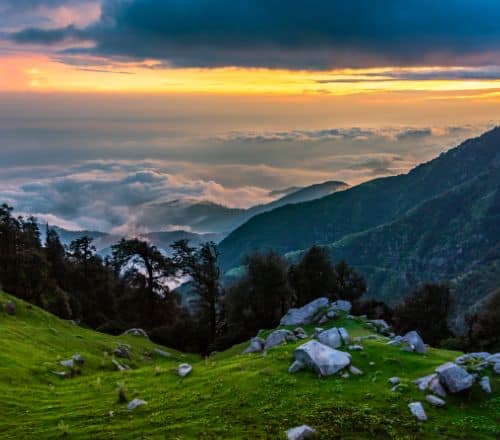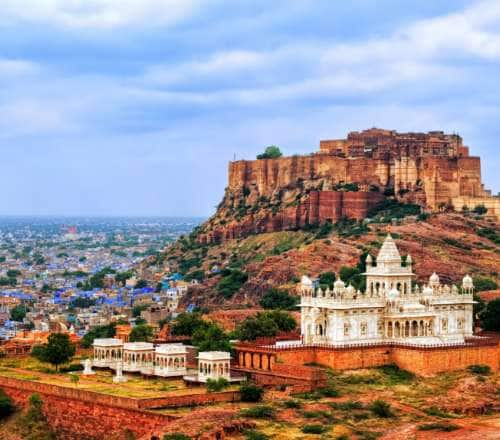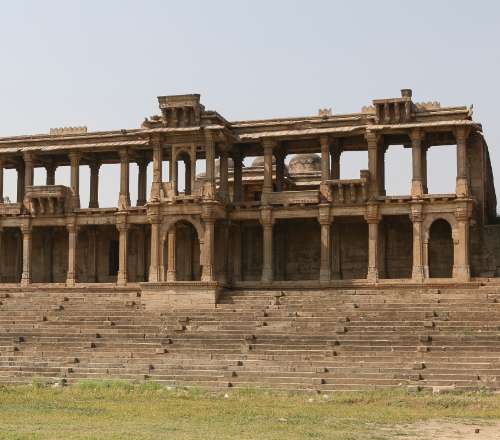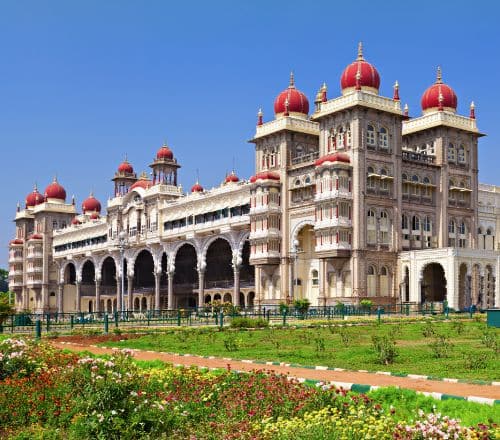Stay logged in to proceed with bookings, orders and offers.
On changing the terminal, you will loose items in your cart. Are you sure you want to change your terminal?
The snake boat races of Kerala are a cultural fanfare, powered by passion, camaraderie and rhythm.
The arrival of the harvest season in India heralds familial joy, communal celebrations, and traditional rituals. But down south, along the coast of the Arabian Sea, a unique celebration brews. Thousands of men and women from Kerala’s many villages gather at Punnamada lake of Alleppey to witness the world’s largest team sport, Vallam Kali.
Read More
Read Less
To some, the snake boat races of Kerala are a sports spectacle, while to others, they bring out a 400-year-old wartime ritual with epic tales. Either way, the snake boat races are a grand cultural fanfare in the state. On a select few days of autumn (typically in August and September in Kerala), up to 140 ft long, handmade wooden boats are taken out of their harbours. People from across the country gather around the backwaters of Kerala to watch serpentine boats go head to head, following the rhythm of dozens of oarsmen and oarswomen that row them. And while the backwaters of Kerala are otherwise known to be serene and blissful, for these few days, they come alive with a melodious uproar of thousands.
Each championship hosts several races, but the most anticipated one is the ultimate snake boat race. Traditionally known as Chundan Vallam, these boats are about 100 to 140 ft long. Each boat is represented by a village of Kerala, and about 75 to 100 of the finest oars-people of each village take part in the race, while the rest of the village cheers for them. Due to space restrictions in the backwater canals of Kerala, at a time, up to 4 boats compete against each other. The four winning teams compete to win the trophy. From a bird’s eye view, you would see long, ornate boats filling up the 10 m width, while referees surround the arena in speedboats and helicopters. The race spans 1-1.5 km, typically covered by the participants in roughly four minutes. As they row against each other, you’ll see a thin strip of coloured lines leading and receding, but no matter where you watch it from, it is hard to gauge the winners right off the bat. Yes, the competition is usually always that close, with the winning team beating others by a mere one-tenth of a second. And thus, about 13 boat race championships unfurl in Kerala during autumn, with the most popular one being the Nehru Trophy Boat Race. However, before delving into the intricacies of these championships, let's address a fundamental question—Why snake boats, and what is the significance behind these races?
Back in the 13th century, a competition was organised between two rival kingdoms of the region—Kayamkulam and Chembakassery. The King of Chembakassery ordered for a war boat to be constructed. The strategic design was developed by one of the several carpenters he entrusted the task to. The boat that was created was agile, could be maneuvered easily, and had the capacity to carry 100 warriors. Due to the serpentine shape of the boat at one end, the Britishers dubbed them “snake boats”—a name that endures to this day. Today, you will find scores of boats that take inspiration in design, material, and form from this innovation by a 13th-century carpenter.
Making these boats is no cakewalk. Due to their ornate, precise, and massive nature, each snake boat takes around nine months to build. Nearly 15 carpenters dedicate a quarter of a year constructing the boat and ultimately watching their village team compete. The method of furnishing these race boats is handed over from one generation to another. It takes years to master the calculations of the width, wooden layers, and thicknesses to build the perfect boat. For most of the boat’s construction, the wood is hung between two poles, and the carpenters work on the slab from the top and the bottom. On my next visit to Kerala, I am keen on visiting one of the participating villages and observing the craftsmen work on their boats. I imagine this craft to be a labor of love, particularly considering that these boats are utilised only once a year.
A total of 77 boats, including 20 snake boats, participated in the 2018 Nehru Trophy race under nine categories. Every year, a similar timetable is followed, with preparations starting as early as 4 am. Just before sunrise, the boat is taken out of the pit by the village folk, heralded by the chanting of prayers, local slogans, and words of anticipated victory. The boat is then boarded by the participants and rowed to a temple, a mosque, and a church to seek blessings. Prayers are sung and a euphoric aura takes over the oarsmen and oarswomen. The participants then row to the race venue—the Punnamada Lake of Alappuzha. By 9 am, villagers start gathering up at the docks, bridges, and gullies surrounding the backwaters to witness the much-anticipated sport. The ceremony finally begins with confetti showers from the helicopter, followed by cultural dance and musical performances leading up to the race. The race lasts for 4 to 5 minutes, perhaps the most thrilling 5 minutes for spectators and participants alike. The participants row at a speed of 90-120 strokes per minute. And thus, Kerala’s most prestigious snake boat race nears its end, only to treat spectators to a sensory delight all over again next year. The Nehru Trophy gets its name from a peculiar incident in the 1950s. Pandit Jawaharlal Nehru was witnessing a snake boat race back then, and he was so bewildered by the sight of the snake boats that he decided to row one himself, ignoring the security cover. Later that year, he donated a silver snake boat-shaped trophy to the state, giving birth to the legendary championship.
Tickets for the snake boat races open months in advance, so July is a good month to watch out for them. The price ranges from INR 100 to INR 3,500, depending on the location. Tickets are available at government offices and also online booking agents such as Paytm Insider. You will find more information on Nehru Trophy's official website. In case you’re planning a trip to Kerala during the same months but not on the same dates as the Nehru Trophy, you could still be in luck. Multiple snake boat championships take place during Onam. For the official timetable and means to book tickets, you can keep a watch on the official Instagram page of Kerala Tourism. It is recommended that you reach the race arena a few hours in advance to save yourself a good spot. To know more about the rituals, traditions, and ceremonies that go into the festival, I strongly recommend that you chat with the locals.
Alongside the enchanting snake boats, travellers also find delight in exploring the design of small country rafts, witnessing paragliders’ shows, watching colourful ethnic dances, and participating in Onam festivities across the state. In all, if you were to visit Kerala during Onam, you’d get to see a unique side of the tropical land, bursting with colours, flavours, and emotions like no other. It’s definitely on my bucket list, what about you?





The Adani One expressly disclaims all liability, direct and indirect, in respect to actions taken or not taken based on any or all the contents of this Blog. The Blog is an opinion of the contributor based on the collation of data from various sources and is provided only for information purpose. Adani One does not canvass, advertise, solicit, invite or induct for any product, merchandise, information, brand or any other materials mentioned in the Blog, nor does it obtain any monetary benefit from the same. Reader is advised to read and apply his/her intellect and discretion in this regard. Any Intellectual Property mentioned in this blog belongs to the rightful owner. We do not intent to claim any interest over the same.